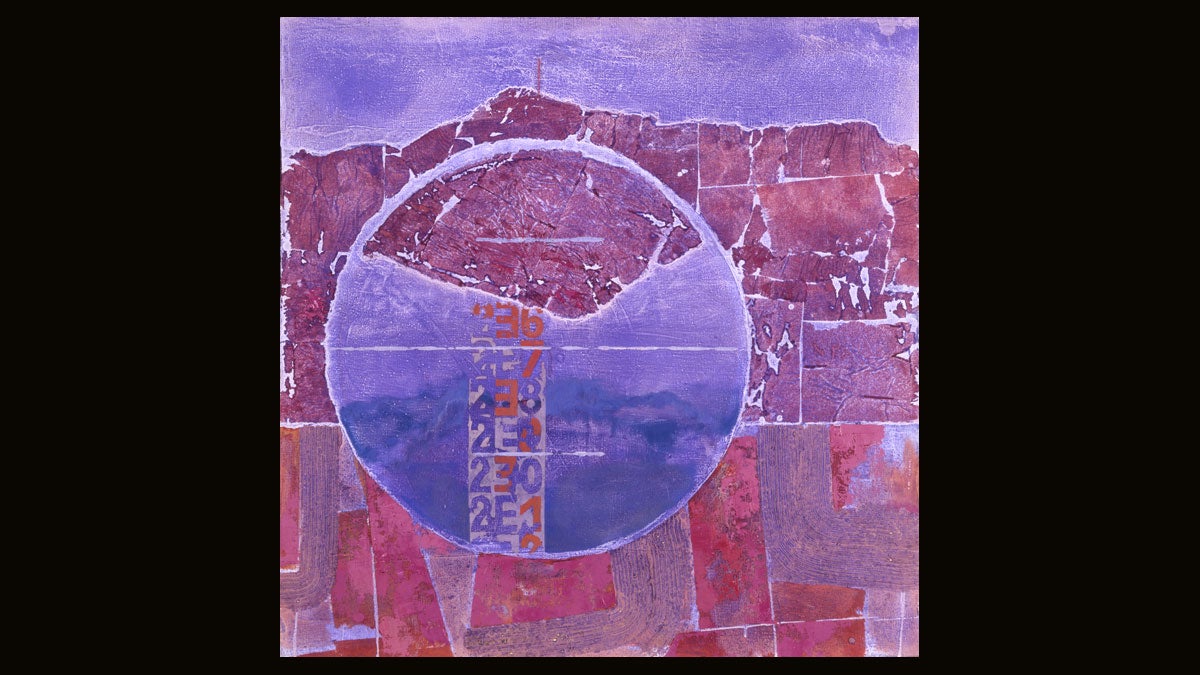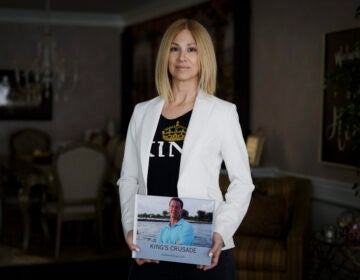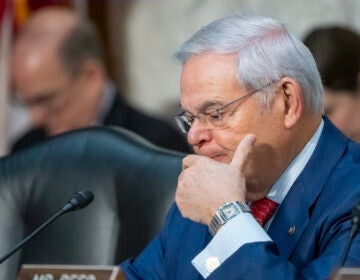New Brunswick exhibit shows how Soviet artists addressed environmental issues

Processes on the Earth, 1978, by Ojars Abols. Photo Jack Abraham© 2017 Artists Rights Society (ARS), New York / AKKA-LAA, Latvia
The climate change denier-in-chief may be grabbing all the headlines, but Russian artists have been responding to the threat of environmental degradation for decades, as can be seen in A Vibrant Field: Nature and Landscape in Soviet Nonconformist Art, 1970s-1980s, on view at the Zimmerli Art Museum in New Brunswick, N.J., through October 1, 2017.
The works have been selected from the museum’s Norton and Nancy Dodge Collection of Nonconformist Art from the Soviet Union, and explore the many meanings the natural world held for “unofficial artists” who challenged dominating themes in Soviet visual culture.
Russian landscape painting is not as heralded as France’s Barbizon School, which had an important influence on Russian landscape painting, or the Hudson River School. Russian landscape paintings “tended to promote life-affirming, bountiful landscapes as extensions of human achievement, productivity and optimism,” writes exhibition organizer Anna Rogulina.
A Vibrant Field presents the alternatives to this approach by artists from the Soviet republics of Estonia, Latvia, Lithuania, Russia and Ukraine.
The exhibition is especially pertinent in light of environmental politics today. Vladimir Putin has publicly stated that ice melt in the Arctic region represents an economic opportunity for his country — the fifth-largest emitter of greenhouse gases in the world—and Russia never ratified the Paris climate accord.
Approaches change as regimes change. Nikita Khrushchev, who served as Premier from 1958 to 1964, said “An ecologist is a healthy guy in boots who lies behind a knoll and through binoculars watches a squirrel eat nuts. We can manage quite well without these bums.” Mikhail Gorbachev, who served from 1985 until the Soviet Union’s dissolution in 1991, had a more tolerant take: “The people’s growing ecological environmental awareness is one of the manifestations of the democratization of society and a key factor of perestroika… We must welcome this in every way possible.”
Covering one-sixth of the world’s land area, the Soviet Union occupied a vast terrain of environments, from the steppes and deserts to Arctic tundra and Siberian forests. “In pursuit of modernization and ambitious economic goals, the Soviet regime sought to maximize utility of its nature resources,” according to exhibition materials. “The construction of hydroelectric power stations, railroads and factories; the growth of collective farms, mining, logging and nuclear industries; and the efforts to expand water resources and arable land left profound marks on the country’s topography and ecosystems.”
Latvian artist Ojar Abols shows this from an aerial perspective, responding to environmental degradation during the ’70s and ’80s when rapid industrialization, poor resource management and lack of regulatory enforcement were rampant. Some of the problems persist to this day, such as fallout from the 1986 Chernobyl nuclear disaster. While the rich texture and unnatural colors are rendered beautifully, in the best of landscape tradition, the smoky blues and scorched crimson are not the colors we associate with a green planet.
Fish created in a collage, “Polluted Water” by Galina Petrova, look skeletal and sickly, becoming the detritus they consume.
“What surprises me is how aware these artists were and the questions they were raising,” says Rogulina.
For most of these artists, such subject matter was prohibited — artists who were not promoting the state were persecuted. The nonconformist artists, open minded and critical of the state, were forced underground. “Every artist dealt with it in a different way,” said Rogulina. “Some were getting commissions or doing children’s book illustrations to make a living, but had their own creative lives on the side.”
Nonconformist artists may have exhibited in apartment exhibitions or outdoor performances and activities. American economist Norton Dodge (1927-2011) is credited with singlehandedly saving contemporary Russian art from total oblivion. He traveled to the Soviet Union in the 1950s, studying the role of women under the Stalin regime, and became interested in dissident art, meeting clandestinely with artists and building a collection. He was invited to unofficial openings and, during the Cold War, Dodge smuggled 10,000 works of art to the U.S.
A Vibrant Field includes examples of land art and performance art. “Studying art from the Soviet Union helps us broaden our understanding of artistic movements and phenomena,” says Rogulina. For those participating in performance art, “it diverted their attention from the minutia of everyday existence, providing the opportunity to gather and discuss and connect on an aesthetic philosophical project.
“Our present day concerns shape how we look at the past,” said Rogulina. “What effect we humans have on the environment has been at the forefront of discussion for the last few decades. Different economic systems and political positions shape policy. I wanted to find Soviet artists who had an ecological conscience, and how they showed this relationship to the land.”
During the Soviet era, there were so many pressing matters and challenges that environmental policies were sidelined. “In the ’70s and ’80s, Rachel Carson’s work was being translated into Russian, striking a chord with national pride,” said Rogulina. “In the Baltics, the fight for clean soil and water meant resisting Soviet industrial projects. But after the fall of the Soviet Union, ecological interests subsided as there were new urgencies in nation building.”
_________________________________________
The Artful Blogger is written by Ilene Dube and offers a look inside the art world of the greater Princeton area. Ilene Dube is an award-winning arts writer and editor, as well as an artist, curator and activist for the arts.
WHYY is your source for fact-based, in-depth journalism and information. As a nonprofit organization, we rely on financial support from readers like you. Please give today.





